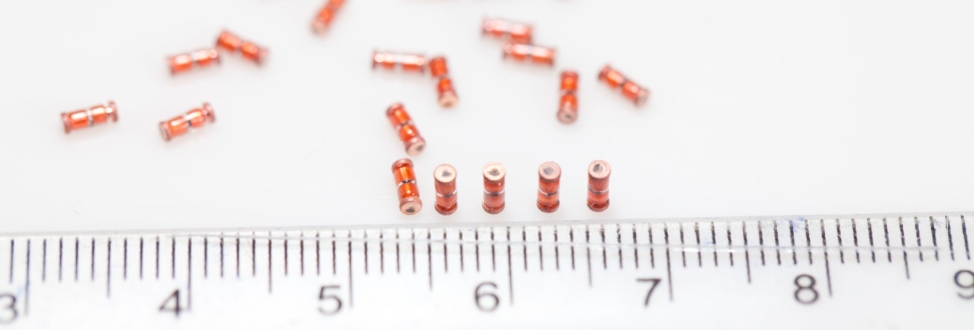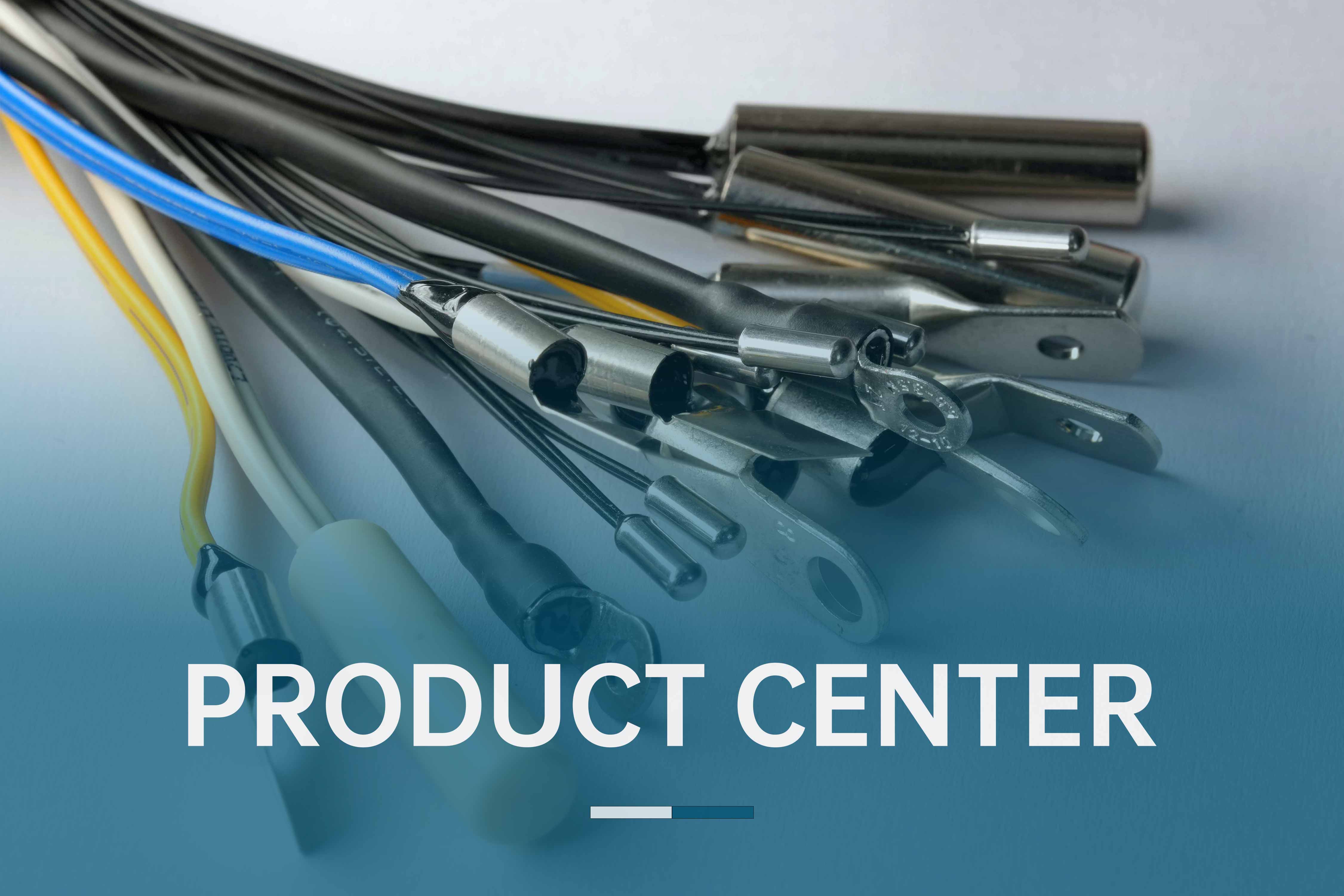Whether it’s household appliances, automobiles, medical equipment, or industrial control systems, monitoring and controlling temperature is of vital importance. And the temperature sensor is one of the key components that make this possible.

A temperature sensor is a device that can sense temperature changes and convert them into electrical signals or other forms of signals. Its working principle is based on the response of different materials to temperature changes, such as the change in resistance of certain materials with temperature, or the alteration of infrared radiation emitted by certain materials due to temperature changes.
Definition and Principle
Contact sensors: These obtain temperature information by directly contacting the object being measured. Common types include thermocouples, RTDs (Resistance Temperature Detectors), and thermistors (NTC/PTC).
Temperature sensors are mainly divided into two categories:
Non-contact sensors: These measure temperature by detecting the infrared radiation emitted from the surface of an object without direct contact. A common example is the infrared temperature sensor.
Thermocouple: A thermocouple is composed of two different metal materials, and a thermoelectric potential is generated at the contact point due to the temperature difference. Thermocouples can operate over a wide temperature range and have a fast response, but their output signal is relatively weak and requires further processing.
Common Types of Temperature Sensors
RTD (Resistance Temperature Detector):
The resistance of an RTD sensor changes with temperature and is typically made of platinum or other precious metals. RTD sensors have high accuracy and stability and are suitable for precise temperature measurement, but they are relatively expensive.
The resistance of NTC (Negative Temperature Coefficient) thermistors decreases as temperature increases, while PTC (Positive Temperature Coefficient) thermistors do the opposite. NTC thermistors are widely used in low to medium temperature measurements and have the advantages of low cost and fast response.
Thermistor (NTC/PTC):
This measures temperature by receiving the infrared radiation emitted from the surface of an object. It is suitable for objects that cannot be directly contacted, such as high-speed rotating parts or high-temperature objects.
Infrared Temperature Sensor:
Temperature sensors are integrated into almost every modern device. Here are some common application scenarios:
Applications of Temperature Sensors
Devices like refrigerators, air conditioners, and water heaters use temperature sensors to regulate operating temperatures, ensuring efficient operation.
Household Appliances:
Temperature sensors are used to precisely control engine temperature, interior air conditioning, and other aspects in automobiles, ensuring safety and comfort.
Automotive Industry:
Medical Equipment:
Temperature sensors are essential in medical devices such as thermometers, incubators, and hospital environment control systems, ensuring patient safety and equipment stability.
Industrial Automation:
Temperature sensors play a crucial role in many industrial control systems, providing real-time monitoring of equipment operating temperatures to prevent overheating or damage.
Environmental and Meteorological Monitoring:
Temperature sensors are used to monitor the temperature of air, soil, and water bodies, providing data support for environmental monitoring and weather forecasting.
Temperature sensors are indispensable components, widely used in various fields from everyday household appliances to complex industrial equipment. With continuous technological advancements, the accuracy, response speed, and application range of temperature sensors are constantly expanding, and they will play a key role in more intelligent devices in the future.

What is a Temperature Sensor
- Related recommendations: learn more about Temperature Sensor
- keyword: 【Temperature Sensor】
-
full name*
-
phone
-
email*
-
Company Name (optional)
If you have any other information or questions you would like to know, please feel free to leave us a message (optional)
catalogue














